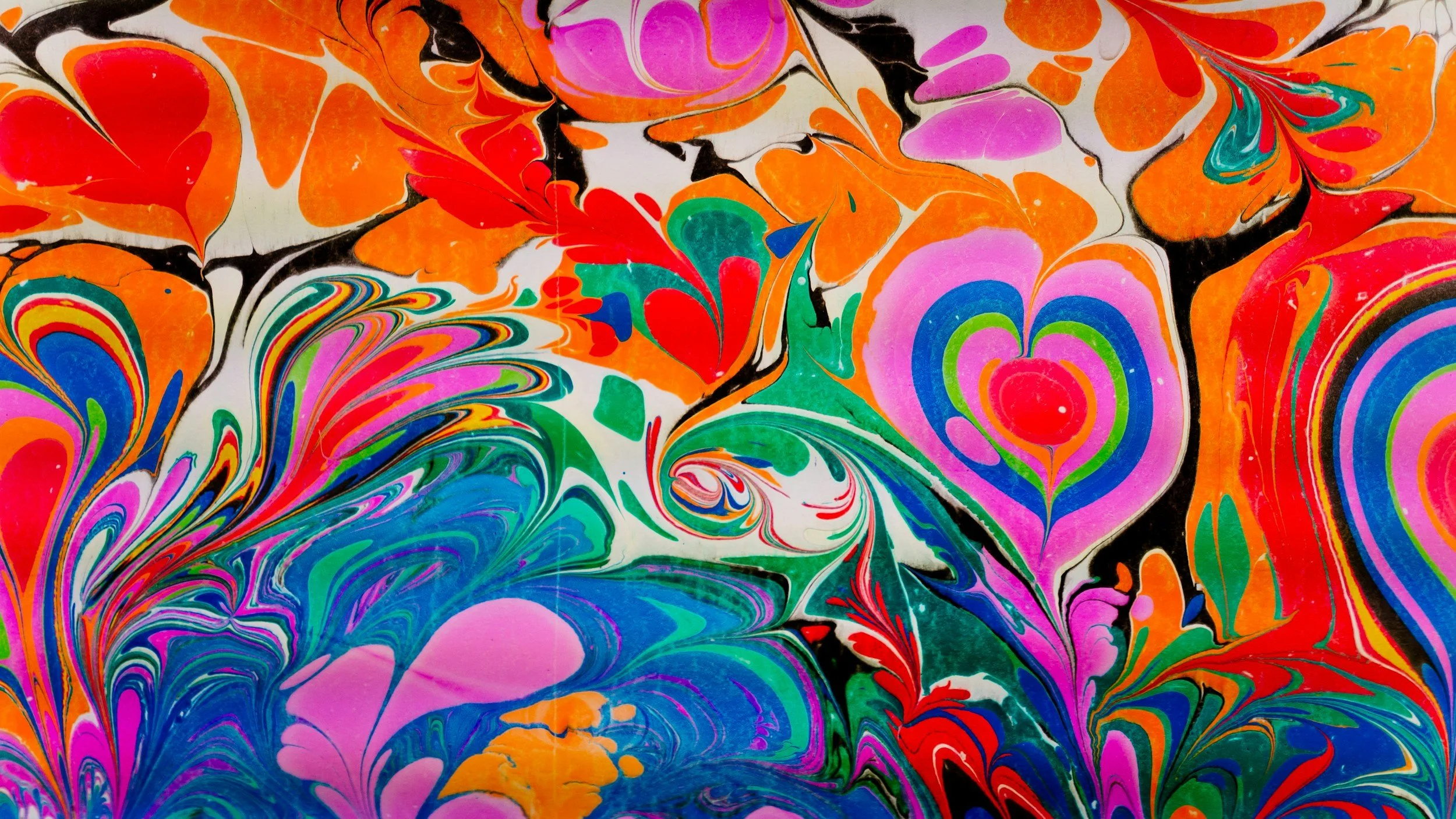Ketamine Therapy and Integration: A Depth Psychotherapist’s Perspective
In recent years, ketamine has emerged as a buzzword in the world of mental health. It’s been called a breakthrough treatment for depression, anxiety, PTSD, and even existential despair. For some, it truly has been life-saving. But as a depth psychotherapist trained in ketamine-assisted psychotherapy, I feel it’s important to offer a more grounded—and cautious—perspective.
I don’t offer ketamine treatments in my practice. Instead, I offer integration therapy for those who are navigating the emotional and spiritual aftermath of psychedelic experiences, including ketamine. And I’ve seen firsthand how complex these journeys can be—not just what they open up, but what they leave behind.
What Is Ketamine? A Brief History
Originally developed in the 1960s as an anesthetic, ketamine has been used in medical settings for decades. Its dissociative properties made it a powerful tool for surgery, especially in emergency and battlefield settings. In recent years, sub-anesthetic doses have been repurposed for mental health treatment—leading to the rise of ketamine clinics and at-home ketamine therapy services.
While it’s not a classic psychedelic like psilocybin or LSD, ketamine can produce altered states of consciousness, often described as dreamlike, otherworldly, or even “out-of-body.” This can be deeply therapeutic—or destabilizing—depending on the context and the person’s emotional readiness.
The Only Legally Available Psychedelic-Like Substance (For Now)
In California and across the U.S., ketamine is currently the only legally available psychedelic-like substance for mental health treatment outside of clinical trials. This means it’s often the first—and sometimes only—option for those seeking psychedelic-assisted therapy. As promising as that sounds, it also brings a wave of commercialization and overuse that can bypass the deeper inner work required for lasting change.
The Promise and the Pitfalls
There’s no doubt that ketamine has brought relief to many, especially those with treatment-resistant depression. But as its popularity grows, so do my concerns.
Too often, I hear stories of people being ushered into profound psychedelic states without adequate preparation or follow-up. Dissociation is not the same as healing. And while the relief can feel miraculous, it can also be short-lived if not integrated thoughtfully.
Overuse and the Risk of Addiction
What many don’t realize is that ketamine carries the potential for psychological dependency. While it’s not classically addictive in the same way opioids are, some individuals find themselves chasing the dissociative relief it offers—especially when life feels unbearable.
Frequent or high-dose use can lead to tolerance, bladder and kidney issues, and emotional numbing. More subtly, it can encourage a kind of spiritual bypassing—offering temporary escape rather than lasting transformation.
What Does a Ketamine Experience Feel Like?
The ketamine experience is highly variable. Some describe floating above their body, visiting other realms, or merging with a vast field of light. Others feel disconnected, confused, or emotionally flooded.
In best-case scenarios, the experience can offer profound insight, soften rigid defenses, and allow buried emotions to surface. But without support, it can also leave people feeling ungrounded or unsure how to make sense of what they’ve seen or felt.
Why Integration Matters
Psychedelic experiences—especially powerful ones like ketamine—don’t end when the medicine wears off. They can stir old trauma, expose unmet needs, or catalyze spiritual awakening. This is where integration becomes not just helpful, but essential.
In the context of depth psychotherapy, integration is about more than just talking it through. It’s about working symbolically, relationally, and soulfully with what the experience has revealed. We explore dreams, emotional themes, and early wounds that may have been stirred. We bring curiosity to what emerged, and we tend to what still hurts or remains unresolved.
Integration is the bridge between insight and embodiment. It helps you carry what was glimpsed in the altered state into your day-to-day life—into your relationships, choices, and sense of self. Without that bridge, even the most profound journeys risk fading into memory, or worse, becoming another unmet promise.
Proceed with Care, Not Fear
Ketamine is not inherently good or bad. It’s a powerful tool—and like any tool, its impact depends on how it’s used. My hope is that we can approach it not with fear, but with reverence. Not as a quick fix, but as part of a larger healing journey that includes the slow, soulful work of psychotherapy.
If you’ve had a ketamine experience that left you confused, curious, or cracked open, you’re not alone. And you don’t have to navigate it alone.
Interested in Ketamine Integration Therapy?
If you’re interested in exploring ketamine therapy and looking for a safe space to integrate, I offer psychedelic integration therapy in Oakland and virtually throughout California.

